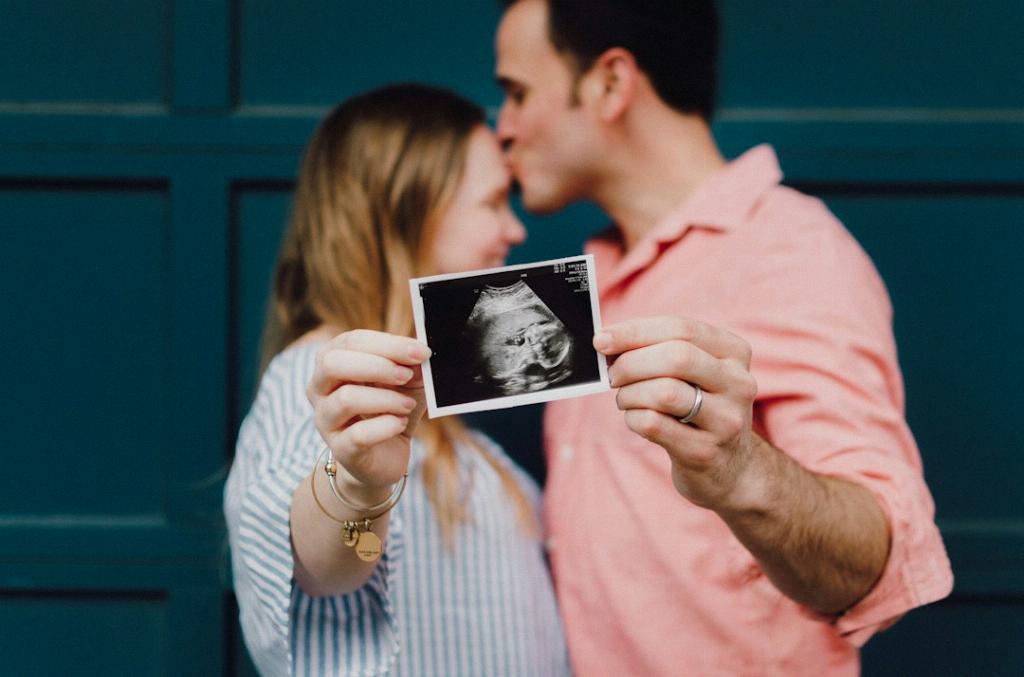As dog owners, it’s essential to be aware of the signs and symptoms that our beloved furry companions may exhibit towards the end of their pregnancy. When a dog reaches the final stage of pregnancy, which typically lasts only a few days, there are particular behaviors and physical changes that may become more pronounced as labor approaches.
Restless Behavior: Preparation for Labor
One common behavior that you may notice in your pregnant dog during the final days is restlessness. This can manifest in various ways, such as pacing back and forth, excessive panting, or inability to settle down. This restlessness is often a sign that your dog is preparing for labor and is getting ready to welcome her puppies into the world.
Shivering: A Possible Indicator of Labor
Another sign to watch for in your pregnant dog is shivering. While some dogs may shiver due to discomfort or anxiety, shivering towards the end of pregnancy can be a potential indicator that labor is imminent. It’s essential to monitor your dog closely if you observe this behavior, as it could be a sign that she is getting ready to give birth.
Increased Nesting Behavior: Creating a Safe Space
During the final days of pregnancy, you may notice that your dog is exhibiting increased nesting behavior. This can involve gathering blankets, towels, or other materials to create a comfortable and safe space for giving birth. By observing this behavior, you can help facilitate a smooth and stress-free birthing process for your dog.
Changes in Appetite: Potential Decrease or Increase
Some pregnant dogs may experience changes in their appetite as they approach the end of pregnancy. While some dogs may have a decreased appetite due to the physical discomfort of being heavily pregnant, others may exhibit an increased appetite as their body prepares for the energy needed during labor and nursing. It’s essential to monitor your dog’s eating habits and consult with your veterinarian if you have any concerns.
Increased Affection and Attention-Seeking Behavior
As your dog nears the end of her pregnancy, you may notice an increase in affectionate and attention-seeking behavior. Some dogs may seek out more physical contact with their human companions, while others may become more vocal or clingy. This behavior can be your dog’s way of seeking comfort and reassurance as she prepares to give birth.
Physical Changes: Enlarged Mammary Glands and Increased Size
During the final days of pregnancy, you may observe visible physical changes in your dog. Her mammary glands may become enlarged and more prominent as her body prepares to produce milk for her puppies. Additionally, you may notice that your dog’s abdomen has increased in size as the puppies grow and develop in utero.
Increased Resting and Sleeping
It’s not uncommon for pregnant dogs to spend more time resting and sleeping as they near the end of their pregnancy. The physical demands of carrying a litter of puppies can be tiring, and your dog may need more frequent breaks to conserve her energy. Providing a quiet and comfortable space for your dog to rest is essential during this time.
Seeking Solitude or Seclusion
Some pregnant dogs may exhibit a preference for solitude or seclusion as they approach the final days of pregnancy. This behavior can be their way of finding a quiet and safe space to give birth and care for their puppies. It’s important to respect your dog’s need for privacy during this time and provide a calm environment for her to feel relaxed.
Increased Vocalization
As labor approaches, some dogs may exhibit increased vocalization, such as whining, whimpering, or other vocal cues. These sounds can be your dog’s way of communicating discomfort, anticipation of labor, or signaling that she needs assistance. Paying attention to these vocal cues can help you provide the necessary support and care for your dog during this critical time.
Restlessness and Pacing
In addition to pacing, as mentioned earlier, some pregnant dogs may exhibit restlessness through constant movement, circling, or pacing around their nesting area. This behavior can be a sign that labor is imminent and that your dog is actively preparing for the arrival of her puppies. Keeping a close eye on your dog’s movements can help you anticipate when she is ready to give birth.
Changes in Body Temperature
During the final days of pregnancy, you may observe fluctuations in your dog’s body temperature. While a dog’s normal body temperature ranges between 100.5°F and 102.5°F, a drop in temperature below 100°F can indicate that labor is imminent within the next 24 hours. Monitoring your dog’s body temperature can provide valuable insight into the timing of her labor.
Preparing for the Arrival of New Life
As your dog’s pregnancy reaches its final stages, it’s crucial to be observant and attentive to her behaviors and physical changes. By understanding how dogs act at the end of pregnancy and recognizing the signs of imminent labor, you can provide the necessary care and support to ensure a safe and successful delivery for both your dog and her puppies. Remember to consult with your veterinarian if you have any concerns or questions about your dog’s pregnancy or labor process.

